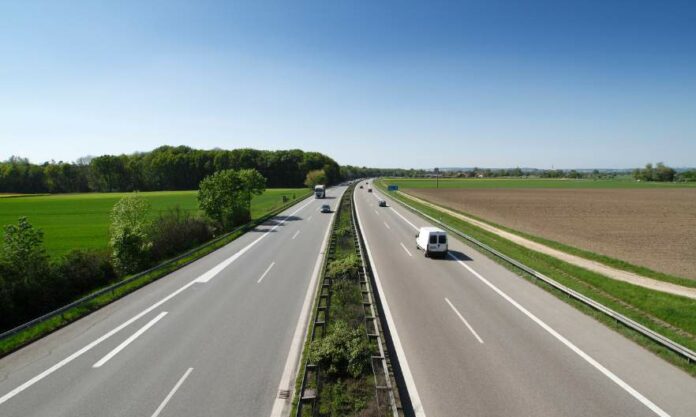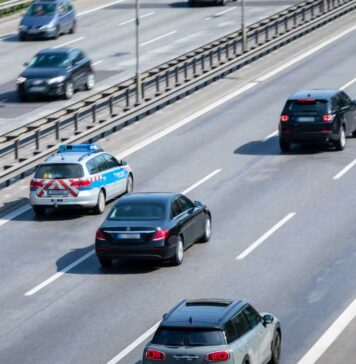The query, ‘Why Does the Autobahn Have No Speed Limit?’ is commonly raised in connection with the German high-speed highway network. The Autobahn, Germany’s high-speed traffic road, is the worldwide known section without any compulsory speed limit.
It’s just one of those things that many people are curious and intrigued by, especially those from countries with very strict speed limits. However, the question is why is it so?
Historical Background
The Autobahn’s construction began in the 1930s, with the first stretch completed in 1935 between Frankfurt and Darmstadt. Its creation aimed to provide a roadway exclusive to automobiles, ensuring faster travel between cities without the interference of pedestrians, horses, or other non-automobile traffic.
Since speed was a primary consideration from its inception, there was no apparent need to impose a limit. The Autobahn was built with wider lanes, broader curves, and fewer grade changes than other roads, facilitating faster, safer travel without cross-traffic.
The Reality of Autobahn Have No Speed Limit
Contrary to popular belief, not every part of the Autobahn is devoid of speed restrictions. While some stretches have no set limit, a “recommended” speed limit exists in unrestricted areas. When you see the no speed limit sign on the Autobahn, it’s an indication that the speed limit restrictions have been lifted for that particular stretch.
Though there aren’t direct penalties for surpassing this recommended speed, doing so and getting into an accident can lead to insurance complications.
Factors Enabling No Speed Limit on the Autobahn
Several unique conditions in Germany make it feasible to maintain parts of the Autobahn without a set speed limit:
- Rigorous driver’s training and education in Germany: Obtaining a driver’s license in Germany is neither easy nor cheap. This rigorous process results in better and more confident drivers on average.
- Lane discipline and driving behavior: Germans are well-trained to drive on the Autobahn and maintain exceptional lane discipline. The left lane is strictly for overtaking, and one rarely finds vehicles crawling in this lane, reducing the risk of high-speed collisions.
- State of road maintenance: German highways are consistently better maintained than those in many other countries. This is crucial, especially when vehicles travel at high speeds.
- Vehicle conditions and inspections: All vehicles in Germany must undergo periodic inspections to ensure roadworthiness. This strict enforcement ensures that cars are in top condition, minimizing the chances of accidents due to vehicle failures.
The Role of Modern German Vehicles
German vehicles are intricately designed to handle high speeds, enhancing the overall safety of the Autobahn. The mandatory inspections ensure that only road-worthy vehicles ply on the highways, further minimizing risks.
Cultural Perspectives and Public Opinion
The absence of speed restrictions on parts of the Autobahn is more than just a matter of practicality; it’s also cultural. Many Germans view this as an element of personal freedom. Interestingly, while Americans might see unrestricted speed as a hazard, they have a more relaxed view towards firearms, which arguably presents a more significant risk.
Moreover, car manufacturers, with their influential lobby, argue for maintaining the current state of restrictions.
Autobahn and Safety
Despite its high speeds, the Autobahn is still safe. With this design, the faster-moving automobile won’t be passing other cars with frequent lane changes. The example of a motorcyclist driving from Darmstadt to Switzerland at 100 miles per hour and higher emphasized the system’s safety and efficiency, despite speeding.
FAQs
Conclusion
The most important factors that no speed restrictions are observed in the Autobahn’s certain sections come from different historical factors, rigorous training, very deep maintenance, and national cultural values. While one might be tempted to view this as an oddity to outsiders, this aspect becomes a testimony of German culture’s unchanging commitment to driving order traffic safety, and personal freedom.







Refreshing sense of freedom. Oh! poor americans, we talk about of it, but we really don’t have it.
To me, anything below 250km/h is SLOW as hell!